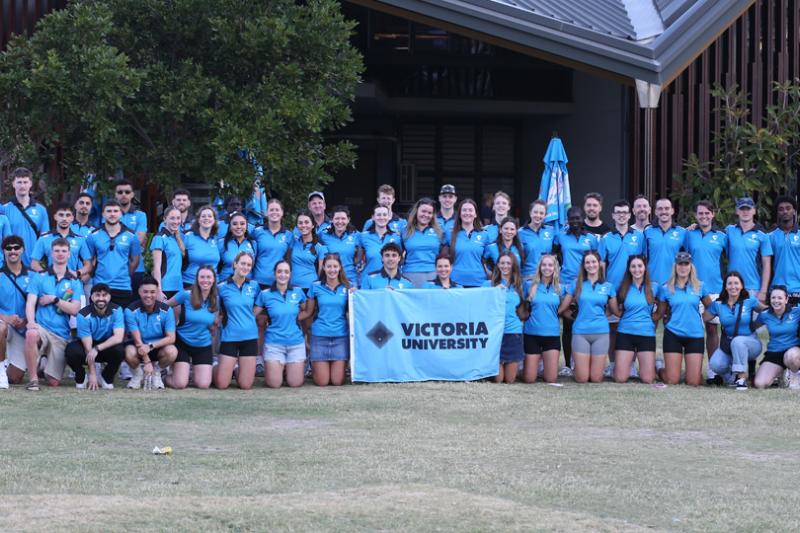Australian education fails one in four young people – but not the wealthy ones

How do you know if an education system works well for all learners, not just those who are most likely to succeed?
Education is an important mechanism through which opportunity and success are determined.
Yet the opportunities offered by Australia’s education system are far from fairly and evenly distributed, according to new analysis from a report we’ve published.
Using publicly available data, such as the National Assessment Program – Literacy and Numeracy and the Australian Census, we look at educational progress from age five to 24 using four milestones as yardsticks for how well the system serves its students at each stage.
These milestones are: being developmentally ready for school, succeeding at year seven, completing school by age 19, and being fully engaged in education, training or work at age 24.
At each milestone, around one in four Australian learners are not on track.
It’s beyond the scope of any single report to identify all the factors that influence learner progress through the education system, but it is possible to highlight some areas that may stimulate policy discussion about how to make the system work for all.
The results show that while Australia’s highest-achieving students – who are more likely to be drawn from wealthier families – may be among the best in the world, there are vast differences in educational outcomes across social groups, challenging Australia’s claim of a fair education system.
This throws up clear challenges for policymakers for how to strengthen Australian education and training so that it meets the needs of the most disadvantaged groups. These include:
Uneven access to quality early childhood care
In early childhood, we briefly examine the relationship between quality of early childhood education and care services and levels of school readiness in communities.
We discover that the communities with the highest proportion of children who do not arrive at school ready to learn, are the same communities that have the highest proportions of early childhood services that do not meet national standards.
The challenge for governments begins with ensuring that high-quality early childhood services are available to the children who need them most.
Learning gaps lead to disengagement through the middle years
While most children arrive at school confident and connected, those who do not meet the learning milestone at year seven show a decline in their self-belief and school engagement from the early to middle years.
The system must work to change the experience of school for these children – who come to understand themselves as educational failures so early in their learning trajectories – and stem the destructive process of disengagement from school.
Big gap in completion rates for students from different backgrounds
Students' attitudes towards learning in their final years of school are highly divided along socioeconomic lines, and students from wealthier backgrounds are more likely to complete year 12.
This gap is compounded by the growing segregation in the Australian school system, which is most apparent at secondary level.
Our system is increasingly divided between elite institutions serving the highest achieving and most highly engaged, and those that serve low achievers whose resistance to school is intensified by their exclusion from the most valuable educational opportunities.
Second chances are important, but don’t work for all
While most young people at age 24 are fully engaged in education or work, many are neither enrolled in study nor participating full time in the labour market; they are not investing in their human capital or earning income.
This represents a significant loss of economic opportunity for the nation as well as vulnerability for the young people themselves.
Our analysis shows that young people from disadvantaged backgrounds are more likely to be unemployed and less likely to be at university as they transition form school.
Data does show, however, that Vocational Education and Training plays a critical role in enabling young people to pursue further training towards rewarding careers, even if they have not thrived in the school system.
Broader reform effort needed
Taking a system-wide perspective can be overwhelming, but it is sometimes necessary to take a look at the forest, not only the trees.
Too often, our efforts at educational reform focus on the myriad small adjustments made at the level of individual education providers, or even individual practitioners, without considering the wider systemic context in which they operate.
The picture provided by our report shows that Australian education does provide well for most students, and offers some chances of remediation for those who fall behind – but which does not adequately honour its commitment to providing equal opportunity for all.
Changing this picture requires more than minor adjustments at the micro level, but a systemic rethink of how opportunity is distributed at all levels of lifelong learning.
Stephen Lamb, Research Chair in Education and Director of the Centre for International Research on Education Systems, Victoria University
This article was originally published on The Conversation. Read the original article.
Feature image: Flicker commons



